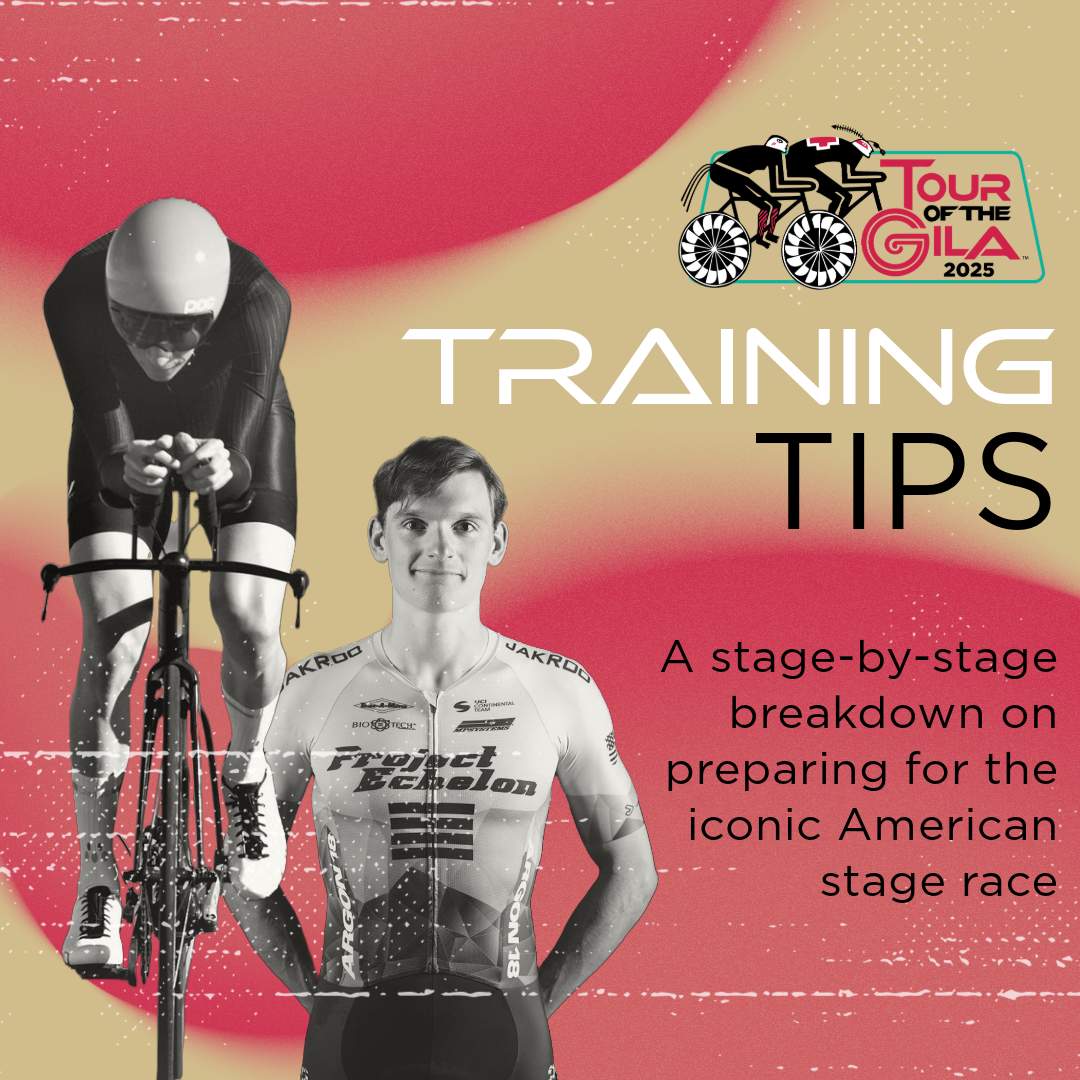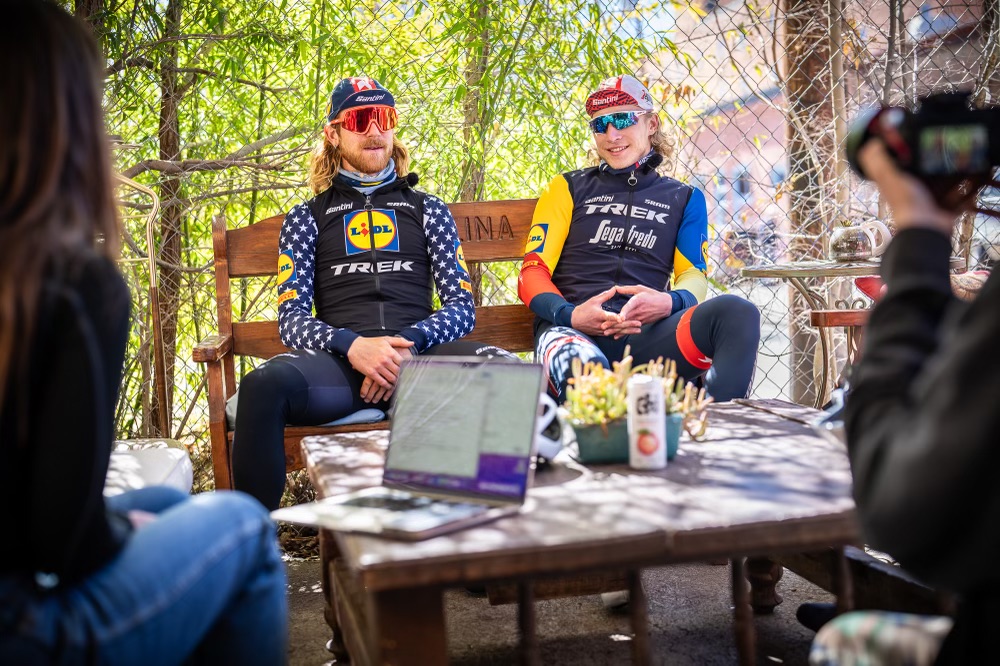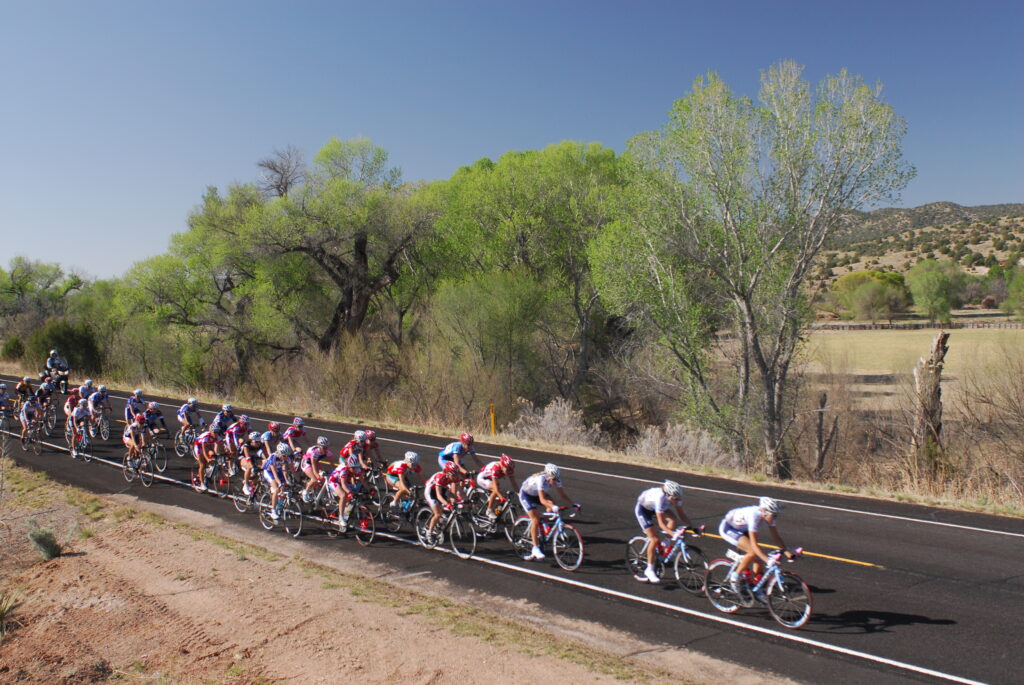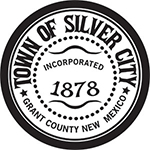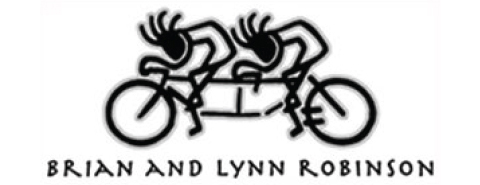By Landry Bobo – Coach with EVOQ.BIKE
If you’re planning on racing Tour of the Gila this year, congratulations! I’ve had the pleasure of racing the Tour of the Gila several times and it was always one of the highlights of my season. For amateurs in the U.S. road scene, there really is no better opportunity to experience a true stage race on some of the most picturesque roads in the country.
Tour of the Gila is a dynamic race with a little bit of everything, and you must be able to do it all if you want a shot at winning the General Classification or winning a stage. My fellow EVOQ.BIKE coach Will Hardin and I have put together race breakdowns for each stage of the race with course descriptions, race strategy and training tips, so be sure to check those out too!
In this blog, I wanted to detail some of my favorite training sessions for Tour of the Gila. If you’ve done a proper base season and you’re looking to do some fine tuning ahead of the race, look no further!
End of Day Efforts
For a race like Tour of the Gila, the road races are long and arduous. You’ll need to train the ability to put out peak power numbers while fatigued. It’s not always the rider with the highest raw wattage or FTP who wins at Tour of the Gila, but the one who can do the most power at the end of the race when everyone else is tired.
For the cat 2,3 racers who will be competing over four stages, the Tour of the Gila begins with the Inner Loop Road Race, and all categories will now race the full loop. The Inner Loop Road Race course features several drags in the last 10 miles of the race. They might not look like much on paper, but after a few hours of hard racing, you’re going to be feeling it! This stage often comes down to a reduced bunch finish, so it’s essential to get over the climbs with the front group if you’re going to contend the sprint.

A good session to prepare for the Inner Loop Road Race is to do some VO2max work after around 3 hours of riding. Even better, if you have a hard group ride locally, you could do the group ride and then tack on some VO2max intervals after the group ride has finished.
The climbs will take approximately 5-10 minutes, so I’d recommend doing intervals around that duration. 4×6 minutes at around 105-110% of FTP at the end of a long ride will amply prepare you for the demands of the Inner Loop Road Race!
The Gila Monster Road Race, which is stage 4 for the cat 2,3 racers, is similar to the Inner Loop Road Race in that it features some climbing at the end of the stage, but the climbs are much longer. You’ll want to train yourself to handle more sustained climbs after some miles in the legs in this case.

The climbing all kicks off with the Sapillo at around 50 miles in (2.74 miles at 7.0%). Some of you will have descended this climb in the Inner Loop Road Race so you’ll know what’s coming! There will be a big selection on this climb and only the strongest riders will make it over with the front group.
From there, the climbing doesn’t stop, you’ll have a mostly false flat drag before a short descent into the next climb, so there won’t be much time to recover. If you can get over the Redstone climb at mile 60 in the lead group, you’ll be in contention for the win. There will be a chance to recover on the final descent before the final drag to the line (2.24 miles at 3.5%).
For this stage, I’d recommend 15-20 minute intervals at your FTP after around 3 hours of riding. If you have access to long climbs, make sure to pick some steep gradients for these intervals to simulate the torque outputs that will be needed for the Sapillo and subsequent climbs.
Nutrition will also be essential for these stages, so these training sessions are a perfect time to practice your race fueling strategy.
Time Trial Training
The Tyrone Individual Time Trial will be a decisive point in the race. If you’ve done your homework, you can gain loads of time on the competition. The Tyrone time trial course is far from your average American out-and-back course and features long sustained climbs, punchy rollers, and fast descents. We discuss the TT in detail in our race breakdown, so be sure to watch that on the EVOQ.Bike YouTube channel here or on the Tour of the Gila website’s TT route page here.
To train for the time trial, you will want to practice getting as aerodynamic as possible on your road bike during training. Time trial bikes and aero bars are not allowed for amateur riders, so fine tuning your road bike aero position will be paramount.
To get aero, you will want to minimize as much frontal area as you can. The two fastest ways to ride aero on a road bike are:
1. On the hoods with elbows at 90 degrees. This decreases the frontal area of your forearms, saving you precious watts. Shrug your shoulders inwards and keep your head as low as possible.
2. The infamous puppy paws position. While this is banned in UCI races, it’s still fair game for amateurs if you feel comfortable with it. However, with lots of fast descending and changing gradients, it may be easier to ride on the hoods for much of the race.
Two Sessions to Prepare for the Stage 2 Time Trial:
- Over/Under Intervals: One key aspect of the time trial is the multiple climbs and descents littered throughout the course. You will need to be able to go above your FTP on the climbs to gain time, and recover on the descents.Over/Unders will train your lactate clearing capabilities and train you to go above your limit and recover rapidly. You’ll be able to hit the climbs hard in quick succession to gain time on your competitors.There are many different variations of over/unders you can do, one that I like is the 1:1 workout shown below. These intervals are 8 minutes in length and alternate between 115% FTP for 1 minute, and 80% FTP for one minute.

- High Cadence Drills: Several sections of the course, particularly the final descent and the rollers in the middle, are very fast downhills where you will most likely need to pedal to keep your speed up. That said, you will probably be spinning at the top end of your gear range and spinning out at times, so it’s important to be proficient at high cadence so you can generate power at these high speeds.Some simple cadence drills will train efficiency at these high cadences. I’m a big fan of 8×1 minutes at around 105-115 rpm and 100% of FTP. You can space these out over a training ride, or do a set of them with 1 minute of rest in between.
Following the Moves
While it’s important to have a big aerobic engine to do well at Tour of the Gila, you will also need to have some snap in the legs for the Downtown Silver City Criterium, and there will be plenty of times in the road races where you will be following moves and counter-attacking.
One of my favorite sessions is a 5 minute set of 20/40s. It features 20 seconds of “on” where you will be attacking at near-maximal effort, and 40 seconds of easy zone 1 spinning. These will help train you for repeated attacks and accelerations.
They are quite challenging so it doesn’t take very many to get a good workout. Three or four 5 minute sets spaced throughout a ride is a great way to keep the legs sharp.

Always Build the Base
Of course, preparation for a big race begins many months in advance, and you will need a proper base of fitness to fully realize your potential with these interval sessions. Make sure to spend plenty of time year-round doing zone 2 endurance miles to continue building your base fitness in addition to quality interval sessions.
More Content from EVOQ.BIKE
Whether you’re gunning for the GC, targeting stages or helping teammates– the Tour of the Gila is a wonderful race and offers something for everyone. Regardless of the outcome, make sure to have fun out there and enjoy all that Silver City has to offer while you are visiting.
If you enjoyed this content, we at EVOQ have loads of other cycling training content on our blog, YouTube channel and podcast so be sure to check us out. Happy racing!
Contact the author: Landry@evoq.bike


